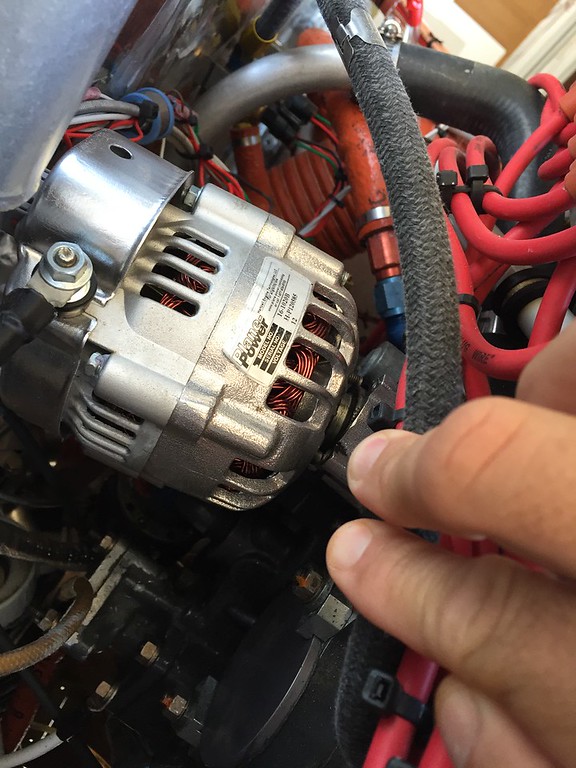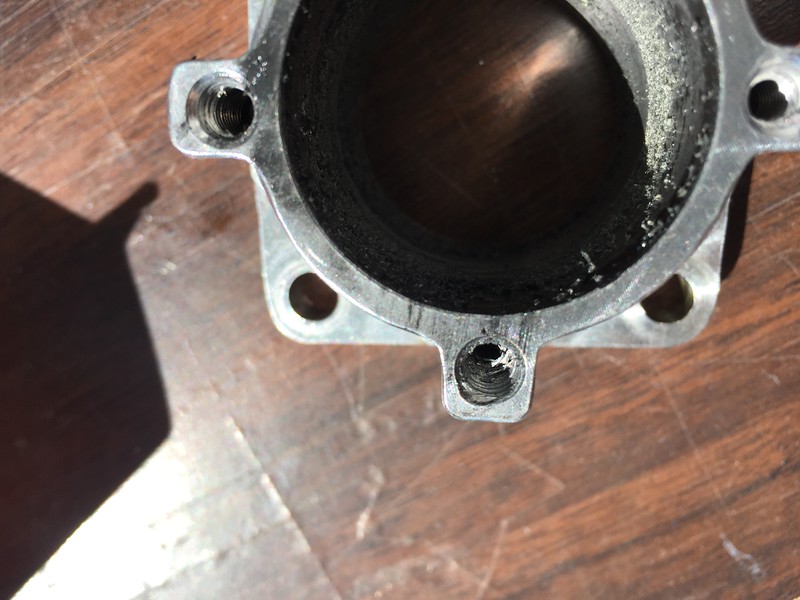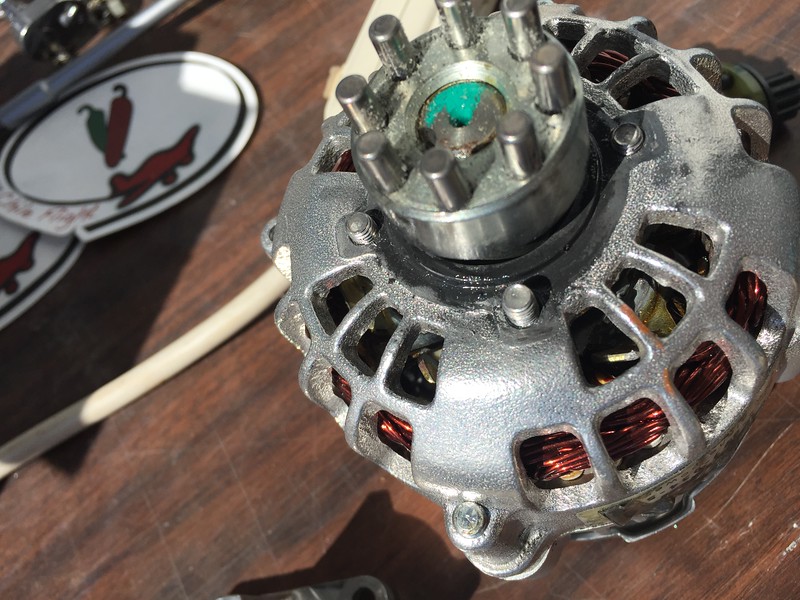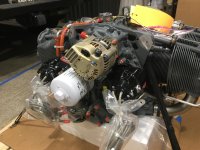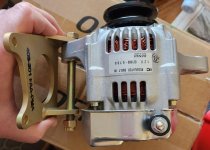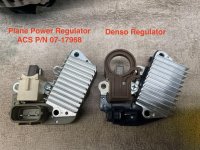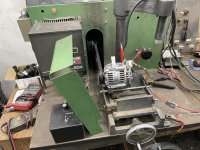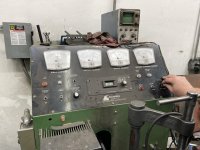rv7charlie
Well Known Member
One driver of IR alternator failure rates in homebuilts is this:
The alternators typically used by homebuilders are designs originating in the 1970s through the 1990s. Few if any of these alternators have any kind of 'load dump' protection. Not a factor in cars; there's no way to do a load dump in that application. But homebuilders typically come from the certified world, where the alternator has a separate switch from the master. There are many ways to wire an a/c, and most of them provide ways to remove all loads from the alternator at the flip of a switch. Not an issue if the (external) regulator powers down with everything else and the field collapses. But with internal regulation, if the alternator is heavily loaded and all loads are instantly removed, the internal regulator can't track quickly enough to lock the output voltage at the setpoint. It can spike upward high enough to exceed the breakdown voltage of the semiconductors in the regulator, which effectively kills the alternator. Note that this is *not* a defective alternator design. It *is* defective operating technique by pilots. I have 'defectively' operated one that way myself, when I didn't know better.
I suspect that if you removed installation/operator errors, the IR regulator reliability numbers would approach the B&C numbers.
Charlie
The alternators typically used by homebuilders are designs originating in the 1970s through the 1990s. Few if any of these alternators have any kind of 'load dump' protection. Not a factor in cars; there's no way to do a load dump in that application. But homebuilders typically come from the certified world, where the alternator has a separate switch from the master. There are many ways to wire an a/c, and most of them provide ways to remove all loads from the alternator at the flip of a switch. Not an issue if the (external) regulator powers down with everything else and the field collapses. But with internal regulation, if the alternator is heavily loaded and all loads are instantly removed, the internal regulator can't track quickly enough to lock the output voltage at the setpoint. It can spike upward high enough to exceed the breakdown voltage of the semiconductors in the regulator, which effectively kills the alternator. Note that this is *not* a defective alternator design. It *is* defective operating technique by pilots. I have 'defectively' operated one that way myself, when I didn't know better.
I suspect that if you removed installation/operator errors, the IR regulator reliability numbers would approach the B&C numbers.
Charlie



